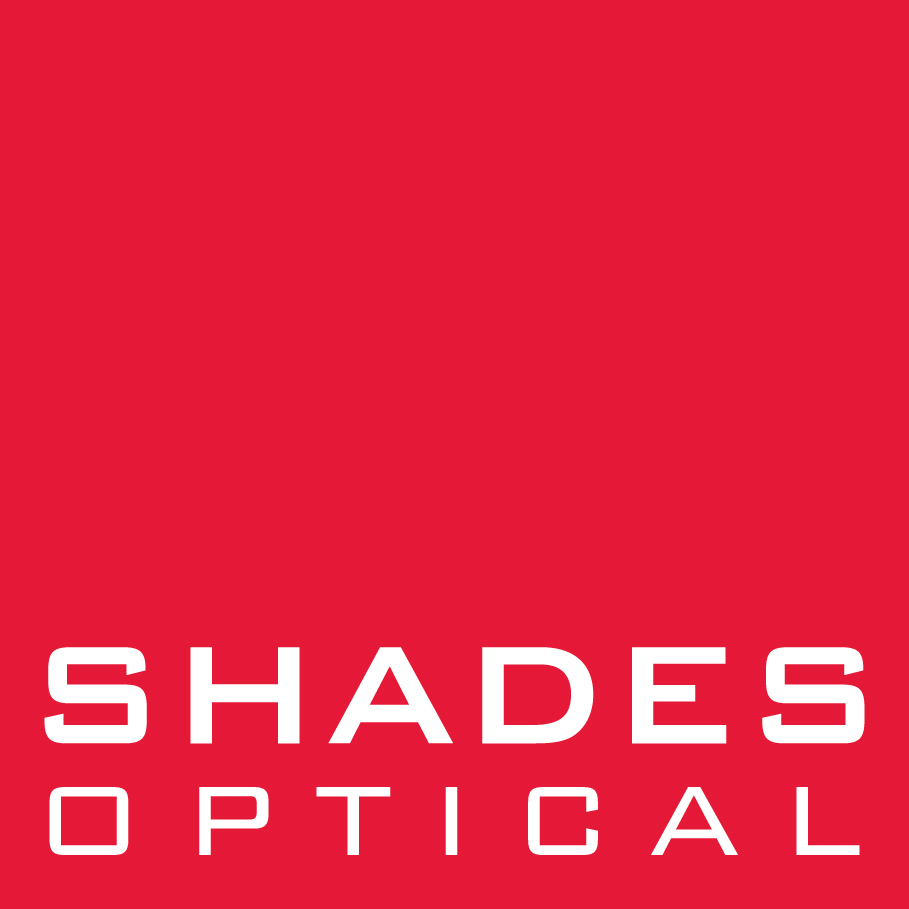Which Colour Blue Light Lens Do I Need?
In today's digital age, screen time has dramatically increased for most people, making blue light protection more critical than ever. Blue light exposure from digital devices can lead to eye strain, disrupted sleep patterns, and potentially long-term eye damage. At Shades Optical, we specialize in helping you choose the right blue light blocking lenses tailored to your needs. This guide will walk you through the different types of blue light lenses and how to choose the right one for you.
With the rise of digital device usage, from smartphones and tablets to computers and LED lighting, our exposure to blue light has increased significantly. This heightened exposure has brought about concerns regarding eye health and overall well-being. At Shades Optical, we understand the importance of protecting your eyes from blue light, and we are here to help you navigate the options available. In this blog, we will guide you through the different colors of blue light blocking lenses and help you choose the right one based on your specific needs.
Understanding Blue Light and Its Effects
What is Blue Light?
Blue light is part of the visible light spectrum with a wavelength between 400-500 nanometers. It is emitted by natural sources like the sun and artificial sources such as digital screens, LED lights, and fluorescent lighting.
Negative Impacts of Blue Light Exposure:
Eye Strain and Discomfort: Prolonged exposure to blue light can lead to digital eye strain, characterized by dry eyes, headaches, and blurred vision.
Disrupted Sleep Patterns: Blue light interferes with the production of melatonin, a hormone that regulates sleep. Exposure to blue light in the evening can disrupt sleep patterns and reduce sleep quality.
Potential Long-Term Damage: Continuous exposure to blue light may increase the risk of age-related macular degeneration, a leading cause of vision loss in older adults.
Science Behind Blue Light Filtering Technology:
Blue light filtering technology works by blocking or filtering out the high-energy blue light emitted from screens. This helps to reduce eye strain and improve overall eye health. Different colors of lenses offer varying levels of protection and benefits.
Lens Colour Guide: Detailed Overview
Choosing the right lens color depends on your specific needs and daily activities. Here’s a detailed look at the different types of blue light lenses:
Clear Lenses
Best For: Daytime use
Blue Light Filtering: Filters approximately 50% of blue light.
Benefits: Reduces digital eye strain and headaches with minimal color distortion, making it ideal for office settings and regular computer use.
Ideal Environments and Uses: Suitable for environments with balanced lighting and typical daily screen usage.
Yellow Lenses
Best For: Enhanced daytime protection
Blue Light Filtering: Filters about 70% of blue light.
Benefits: Offers maximum protection against headaches, migraines, and eye damage. Suitable for users with high light sensitivity or those who experience significant eye fatigue.
Ideal Environments and Uses: Ideal for gamers, graphic designers, and individuals who spend more than 8 hours a day on screens.
Amber Lenses
Best For: Night-time use
Blue Light Filtering: Blocks 100% of blue light between 400nm to 500nm.
Benefits: Boosts melatonin production and improves sleep quality. Helps reduce digital eye strain and supports better sleep by filtering out disruptive blue light.
Ideal Environments and Uses: Perfect for evening screen time, high levels of artificial light exposure at night, and individuals looking to improve sleep quality.
Red Lenses
Best For: Optimal night-time protection
Blue Light Filtering: Blocks all blue and green light up to 550nm.
Benefits: Maximizes melatonin release, enhances sleep quality, and aligns with studies on light exposure. These lenses offer the highest level of protection, making them suitable for those who prioritize sleep health and need intense light filtration.
Ideal Environments and Uses: Ideal for severe insomniacs, those with significant exposure to artificial light at night, and individuals seeking the highest level of blue light protection.
Comparison Table
Below is a detailed comparison of the different types of blue light lenses:
Choosing the Right Lens for Your Needs
When selecting the appropriate lens color, consider your daily activities, typical screen exposure, and individual sensitivity. For example:
Day Workers: Clear or yellow lenses to reduce eye strain during work hours.
Gamers and Designers: Yellow lenses to manage prolonged screen time and reduce eye fatigue.
Night Owls: Amber or red lenses to improve sleep quality after late-night screen exposure.
It's important to consider environmental factors and personal health conditions, such as sensitivity to light and existing eye conditions, when choosing your lenses.
How to Verify and Choose Quality Blue Light Glasses
Selecting high-quality blue light glasses is crucial for ensuring adequate protection. Here are some tips for identifying quality lenses and frames:
Check Product Specifications: Ensure the lenses filter the appropriate range of blue light wavelengths.
Lens Testing Reports: Look for brands that provide detailed testing reports verifying their claims.
Company Transparency: Choose companies that are transparent about their filtering capabilities and the technology used in their products.
Conclusion
Choosing the correct blue light blocking lens is crucial for protecting your eyes from the harmful effects of blue light. By understanding the different types of lenses and their specific benefits, you can make an informed decision that best suits your lifestyle and health needs. At Shades Optical, we are committed to helping you protect your eyes and enhance your vision.
Explore our range of products at Shades Optical to find the perfect blue light blocking lenses for your needs. Book Your Appointment today to start protecting your eyes from blue light.
—
Health Disclaimer Notice
Please note that the information provided in this content is strictly for educational purposes only. It should not be considered as medical advice or a substitute for professional healthcare consultation. If you have any concerns or questions about your health, or if you are considering starting any new treatment or therapy, please consult with your physician or another qualified health provider. Always seek the advice of a qualified healthcare professional regarding any medical condition or treatment.


